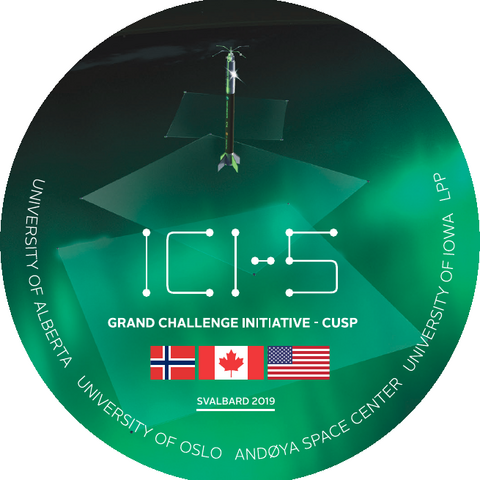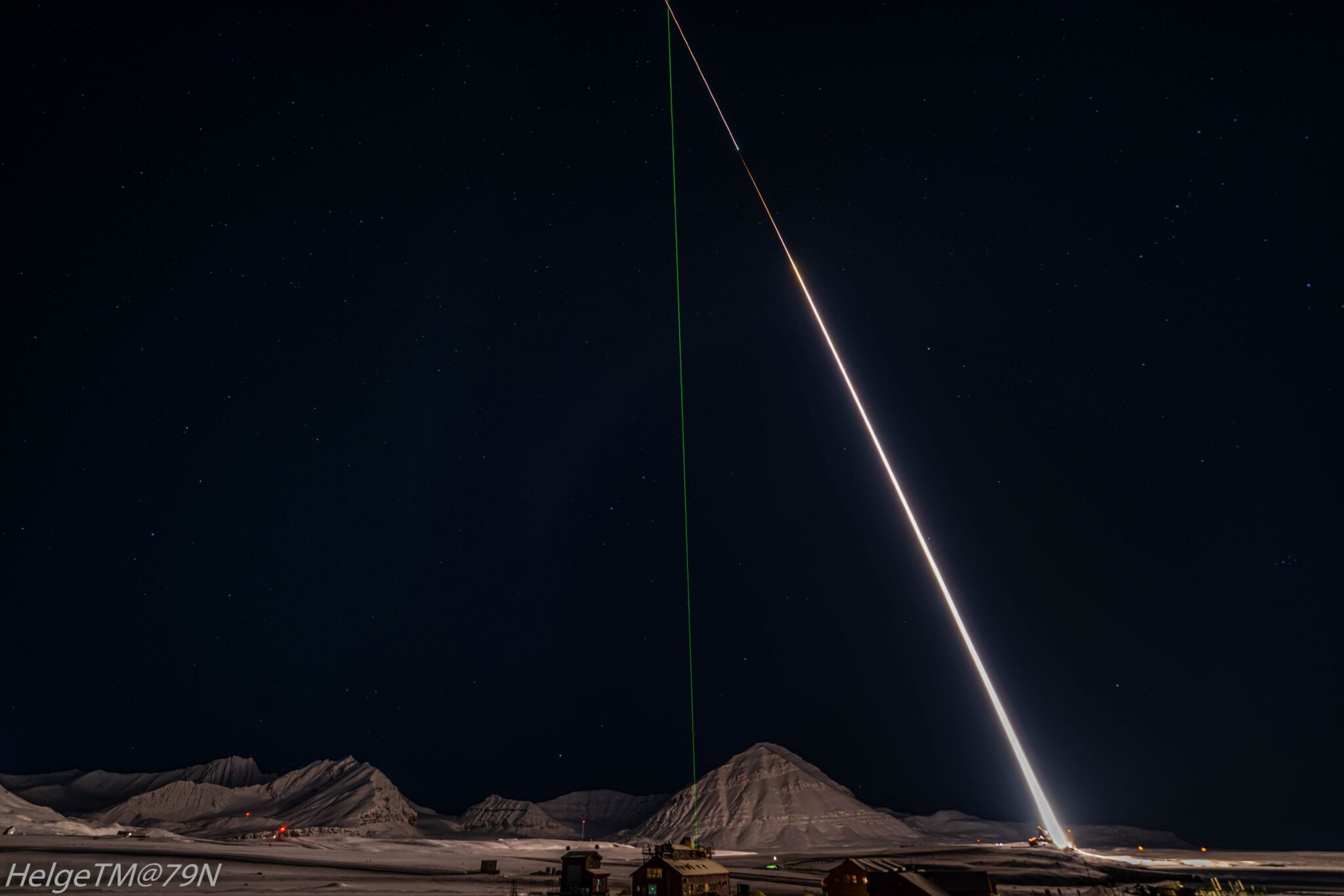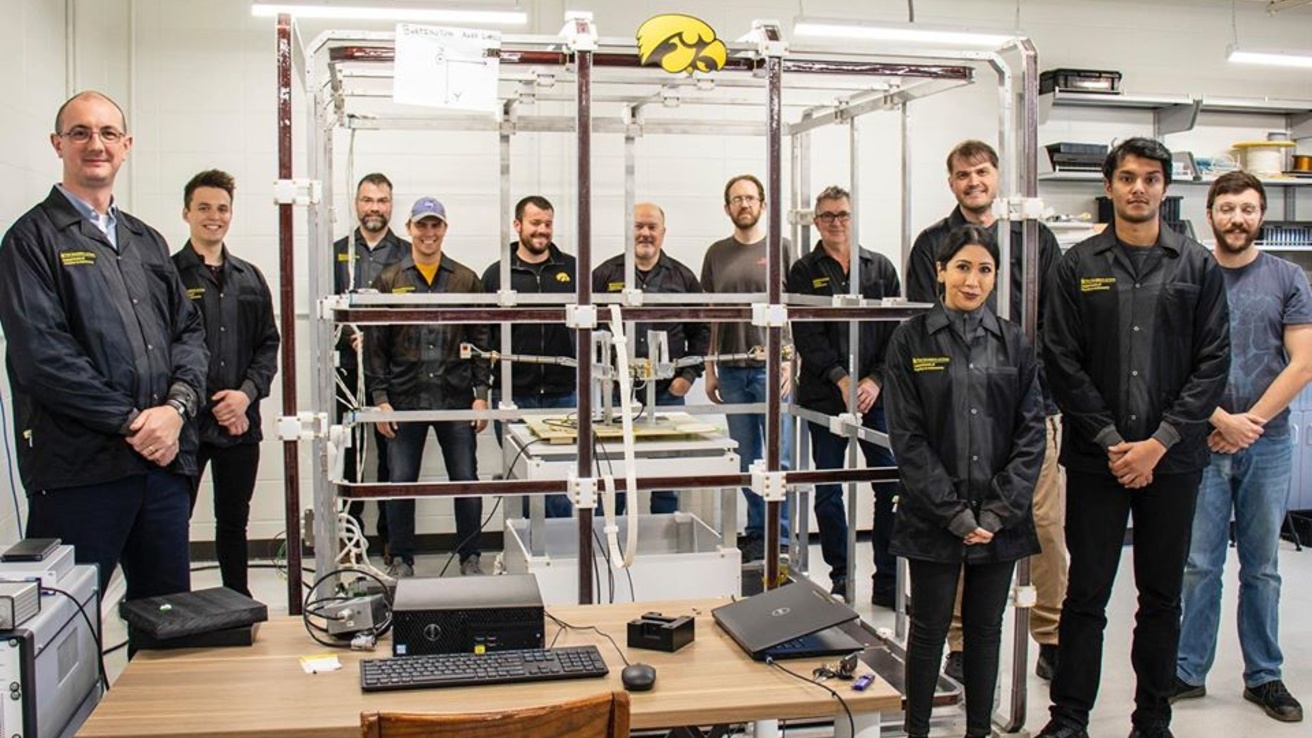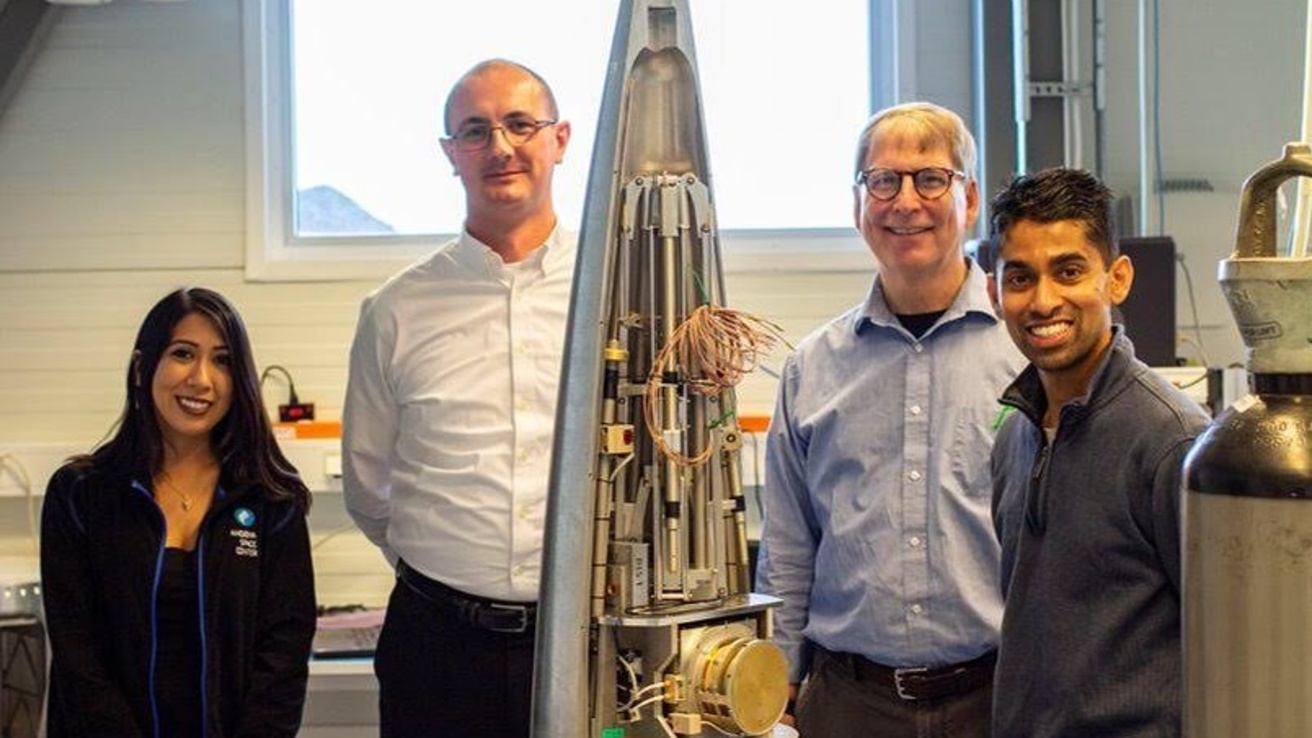
The ICI-5 mission launched on a NASA sounding rocket from the Ny-Ålesund Norwegian launch site on Nov. 26.
ICI-5, or Investigation of Cusp Irregularities-5, reached 157 miles in altitude before returning back to Earth. Following the launch, it was quickly reported that the science team picked a prime science event. All payload events were reported as nominal and a solid track was provided by both the Norwegian and NASA ground assets. Unfortunately, after data review, it was apparent that a roll rate anomaly was experienced, precluding the instruments from functioning as intended.
The main scientific instruments were the two Andøya Space/University of Oslo (UiO) 4DSpace modules, each containing ejectable 6 sub-payloads. Led by the UiO, the multinational science team that included researchers from Norway, United States, and Canada.
The University of Iowa developed two space instruments on the rocket, a Fluxgate Magnetometer, led by Dr. Miles and a Bifocal Electron Sensor, led by Dr. Jasper Halekas.
The mission was intended to investigate Earth's polar cusps. The main objectives of ICI-5 were:
- to investigate plasma instability modes during the formation of polar cap patch (high plasma density + precipitation)
- conduct 3D in-situ measurements to differentiate between wave and turbulence structures
Learn more:
ICI-5 Launch



The University of Iowa ICI-5 team



